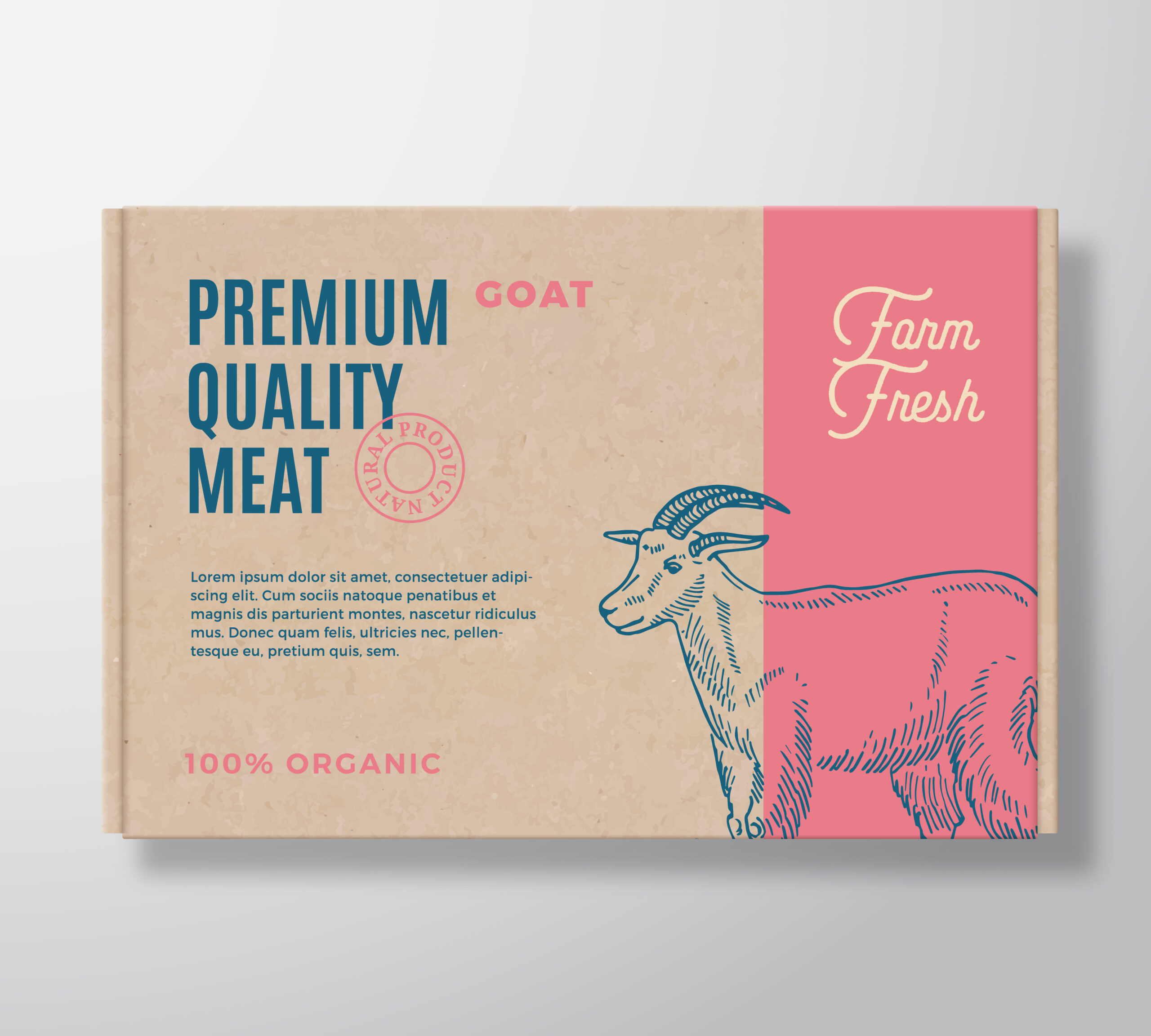Branding, CPP Insights, Luxury Packaging, May be Packaging is a Matter for your product promotion, Packaging
Sustainable Packaging in Meat Industry
India’s growing middle class is pushing the growth of the meat sector. Research shows that there will be around 80% growth in meat demand by 2022 driven by convenience. This will bolster the adoption of processed meat, fish, and poultry products. The Indian meat market is US$31 billion growing at a CAGR of 20% and it will reach US$65 billion by 2022.
According to a CPCB study in 2018, India generates about 25,940 tonnes of plastic waste daily and the largest contributor is the packaging sector. Only 60 percent of the total waste generated is processed and the remaining 10,000 tonnes is unsegregated, littered, and ends up in landfills or oceans or clogs drains.
Consumers are Demanding Sustainability
As of today, more than 60 percent of consumers in India take the recyclability, sustainability, and biodegradability of packaging into account while purchasing products. In fact, according to a study done by Dataessential, 43per cent of consumers believe that it is important for retail packaging to be recyclable and reusable.

Technology is making it Possible
For instance, in the secondary packaging concern client (meat seller) can use Mono Cartons for product safety and branding purposes Mono cartons we made from recycled (FSC® certified) board, and we suggest to our clients for primary packaging biopolymer lined clamshell containers made of bagasse can be used by cafes or restaurants to package food on the move. Due to the biopolymer coating, the containers won’t leak when transporting hot or cold food items but will biodegrade over a period of time.
Lowers Carbon Footprint
An increase in the usage of sustainable packaging reduces carbon emissions drastically. Sustainable packaging products are light, use renewable fibers, and optimized manufacturing processes. This enables them to substantially reduce their carbon footprint from cradle to gate.
Requires Less Energy and Cost
Trays that are created using sustainable methods require lower levels of heat for sealing which reduces the energy consumption of the manufacturer by 15 percent. Alternative packaging materials might be lighter and therefore could result in cost reduction over the long run for manufacturers. Lightweight materials would also cost less to be manufactured.
Improves Preservation of Meat
The highest preservation standards have to be met while packaging meat as exposure to oxygen may spoil it. Certain sustainable packaging methods come with oxygen barrier quality. The oxygen barrier improves the shelf life of meat and therefore reduces wastage
Meat Remains Fresh
Sustainable packaging methods make it possible for meat to remain fresh and retain its flavor over a longer period of time. It doesn’t let external factors such as temperature or hygiene affect the meat.
Transparent Packaging Helps Customers to See the Product Directly
Traditional packaging methods end up covering the meat up completely. Therefore the consumer wouldn’t know whether the meat is gone bad unless the packaging is removed. Sustainable packaging methods also place huge importance on keeping the packaging transparent so that consumers can literally see and then pick the meat product which they wish to buy. At CPP we manufacture mono cartons with a wide variety of window options, according to the packaging design customer can choose window patterns.
Reduces Wastage and Increases Profits
Sustainable packaging methods can also help reduce the wastage of produce. Retailers often experience 2 percent to 4 percent shrinkage from the meat packet. Due to this shrinkage, they are either forced to throw the meat or reduce the price. It is obvious that throwing the meat away causes significant wastage.
Sustainable cases can use box packaging and reduce shrinkage. These cases also end up looking attractive to consumers. Reduction in wastage and an improved number of purchases by consumers improve profit margins for retailers.
Better for the Planet
After sustainable packaging items are disposed of they can be either recycled or will under biodegradation at acceptable levels. Items manufactured from plant sources can even be used as compost for the soil.
Therefore it is time for the meat industry in India to invest in packaging.
We are FSC® Certified Packaging company [Licence code: FSC®-C162592]. Ask us for FSC® Certified Packaging Products.
-Bureau Chief: Kacharagadla | CPP Insights

